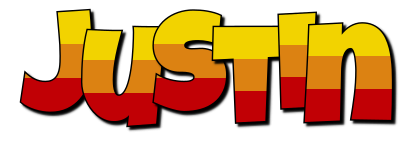To reverse engineer a circuit board, it’s necessary to take high-resolution images of the entire board and then make a schematic with all the parts marked out. The schematic should have no connected traces, so Eric demonstrates how to map the traces with an image editor like GIMP. He solves the puzzle by adding nets and layers as he goes. Then, he uses multiple online programs to change the colors and lines on the circuit board.
Software Development
Reverse engineering is a critical process used in software development to human DNA mapping. For example, PCB reverse engineering aims to analyze and understand the design of a printed circuit board and how it works. This knowledge can help engineers re-manufacture the PCB or use it for other applications. To accomplish this, they must access every layer of the PCB to find the schematic.
Locations of Components
A PCB schematic is created by applying a diagram to the physical circuit board. This document contains the physical dimensions of the board and the locations of components. It does not express component values and instead expresses the pinouts and physical dimensions of the circuit board. This information is essential for PCB reverse engineering. It also enables users to reproduce or repair a PCB in the future.
Vector Graphic
After you capture a PCB photo, you need to convert the bitmap image into a vector graphic. This process saves hours and requires less time. Next, you can use AutoTrace to convert bitmap images into a vector format. This process is often more accurate, but it’s still not the simplest method. Finally, if you want to reverse engineer a circuit board, you’ll have to work with a schematic.
Multilayer & Complex VLSI Designs
Reverse engineering PCBs are often made using multilayer and complex VLSI designs. This process allows users to create their PCB schematic by copying a schematic. Using a PCB diagram to do this reversing will require a great deal of patience and multiple digital tools. However, it’s worth the extra time and effort to create an effective circuit in a PCB.
A schematic diagram can be obtained by taking a photo of the PCB. The process of capturing a circuit board requires a lot of concentration. A single picture can show only a fraction of the circuit board’s pins. To reverse-engineer a PCB, the first step is to scan it or take a photo of it. A PCB layout is a diagram of a printed circuit board.
Process of Analyzing
The most common step to reverse-engineer a circuit board is: identifying the components and their locations. To do this, the PCB must be laid out correctly. The process of analyzing a circuit board requires a high degree of accuracy and precision. A computer can accurately read a schematic in a few minutes. The next step is to draw out the connections. If the components are difficult to find, you need to identify the color channels and remove them.
Creating a schematic is not easy. A PCB layout is an open 2D binary vector image file. The PCB is a blueprint of a circuit board. This image is the printed circuit board. It is a copy of the design. If you have a circuit board layout, you can create a schematic. You can then send the data to a PCB manufacturer for replicating a board or creating supporting documents.
Final Words:
The process is not simple, and it requires patience and several hours to complete the job. However, a CAD system has the necessary information to perform this task. To reverse-engineer a circuit board, you must first make a bill of materials read more. The bill of materials lists all the components on a PCB. The PCB schematic serves as the basis of the PCB layout. It is the most important document to use while designing a PCB.

